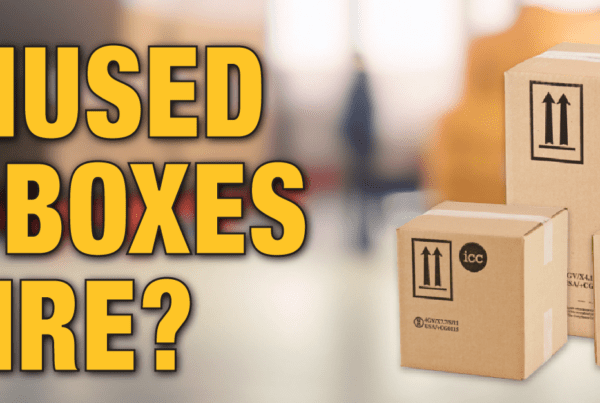Segregation Group, Passenger Vehicles, Classification Leachate, Verify DG Certificate, and Class 6.1 Subsidiary
Welcome back to the Regulatory Helpdesk where we answer your dangerous goods & hazmat questions. We’re here to help you become independent with – and understand the whys and hows of – the regulations. Please note that over the summer we will be going to a bi-weekly posting of Regulatory Helpdesk.
Segregation Group (IMDG)
- Q. My carrier is asking for a segregation group number for my dangerous goods, but there is no entry in the IMDG Code (Column 16b). What should I provide?
- A. Despite there not being an assigned code, you should review IMDG Code 7.2.5 that section says that a review of your product SDS (or similar document) may be indicated. Communication of product-specific considerations may be appreciated by the carrier even if they don’t trigger IMDG Code Chapter 7.1 or 7.2 specific segregation requirements.
Passenger Vehicles
- Q. Does the fact that our salespeople use passenger vehicles to deliver samples to potential customers prohibit them from transporting things that are “forbidden” for transport in passenger-carrying vehicles?
- A. No. If the requirements under the definition of “passenger” (e.g. doesn’t apply to an employee on duty), and any special case/provision restrictions, are met then the prohibition is not being violated. When checking term definitions in TDG, always verify any words in bold type. This means they also have definitions which may be useful.
Classification Leachate
- Q. If I have a leachate toxic waste, must it be classified as dangerous goods for transport?
- A. That depends on the nature of the toxicity and the applicable transportation regulations. Some leachate toxic wastes may not trigger classification under Canadian TDG regulations. In the case of 49 CFR, the waste may become classified as an (“RQ”) “hazardous substance”. Or it may be a marine pollutant- or not classified as DG.
Verify DG Certificate
- Q. Must I verify a driver’s DG certificate before allowing them to transport my DG consignment?
- A. Nothing in the current TDG regulations obligates a consignor (or anyone else) to review the certificate of a non-employee. TDGR Part 6 only obligates a person to produce a certificate (or copy of it) to an Inspector. Although it is common practise for consignors to ask for a carrier’s certificate, this is a business decision-possibly related to a stewardship philosophy. It might, however be more logical for a carrier to ask for a shipper’s certificate since they are “trusting” the compliance of what’s presented to them!
Class 6.1 Subsidiary
- Q. Does a WHMIS aspiration hazard trigger the need for a TDGR Class 6.1 subsidiary hazard?
- A. If the respiratory hazard is only due to aspiration, then it doesn’t fall under TDG Class 6.1 criteria.





